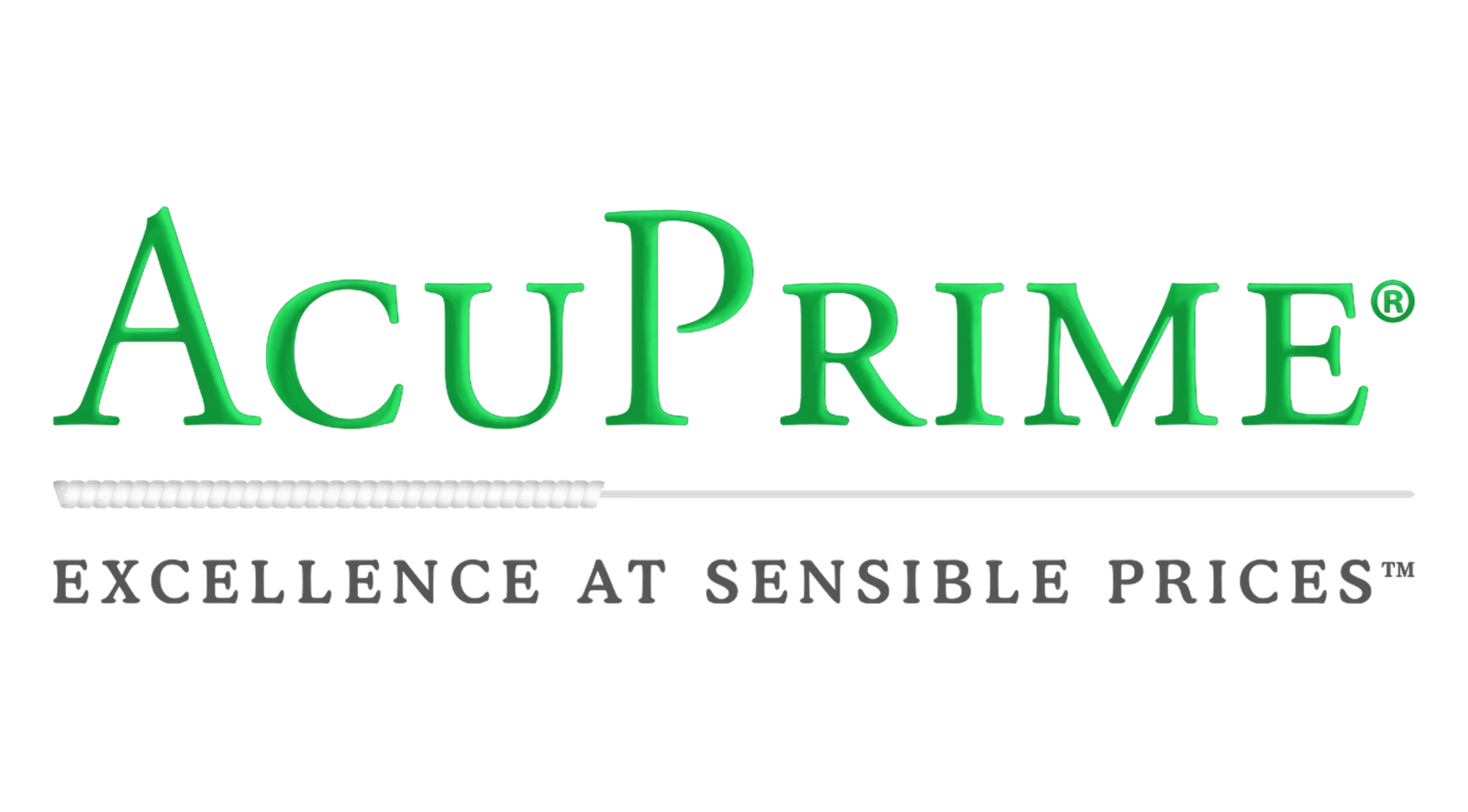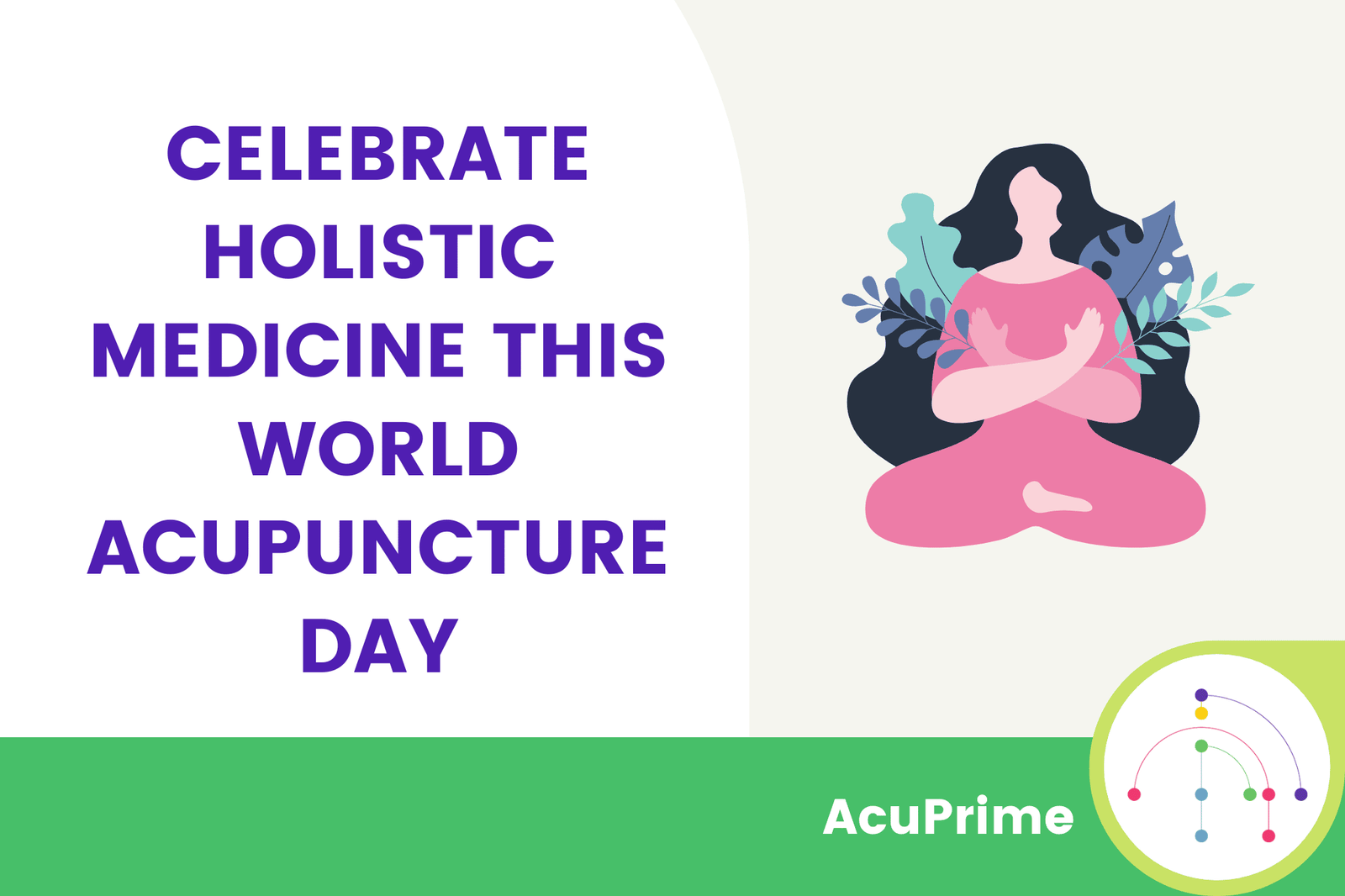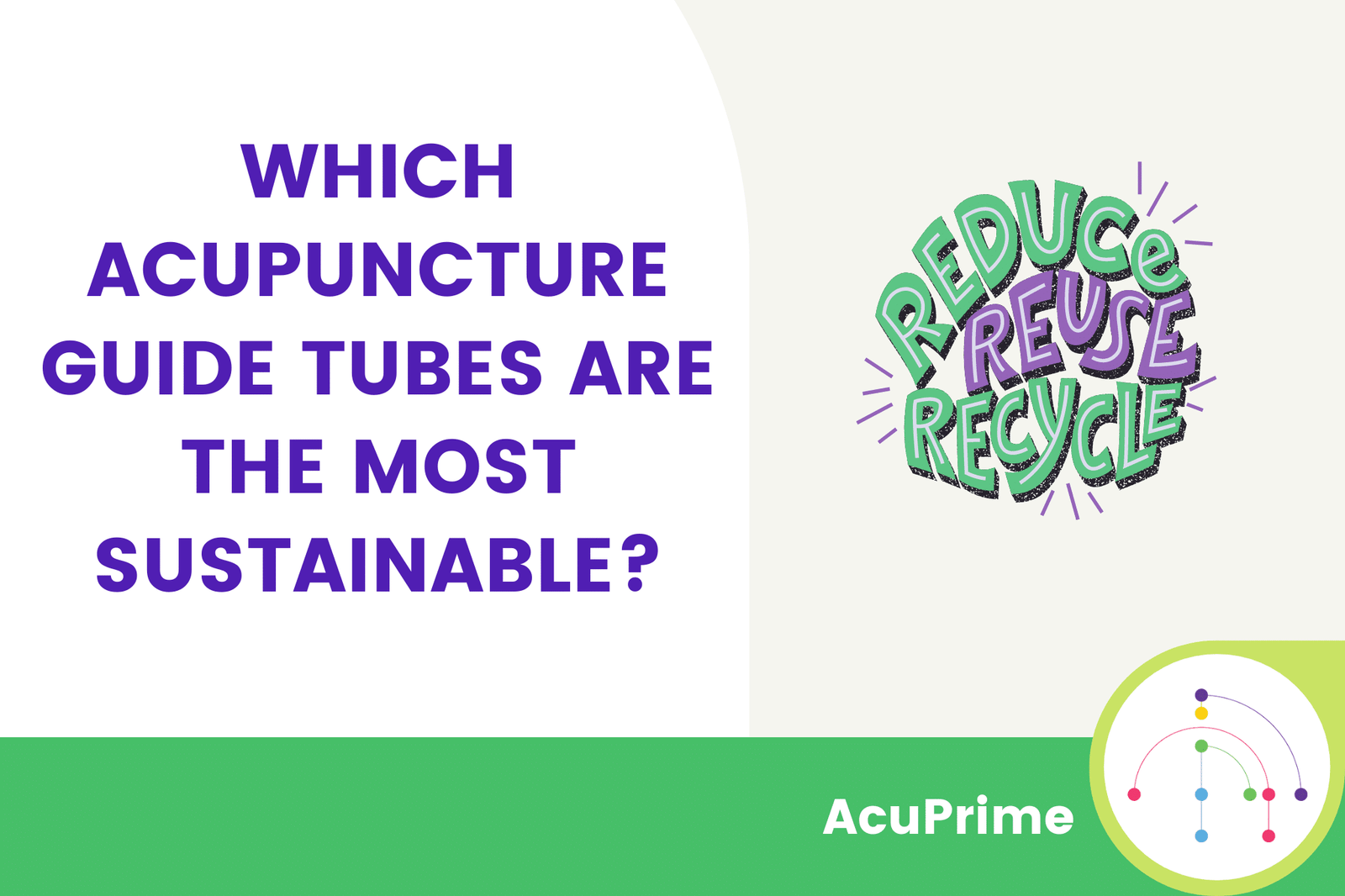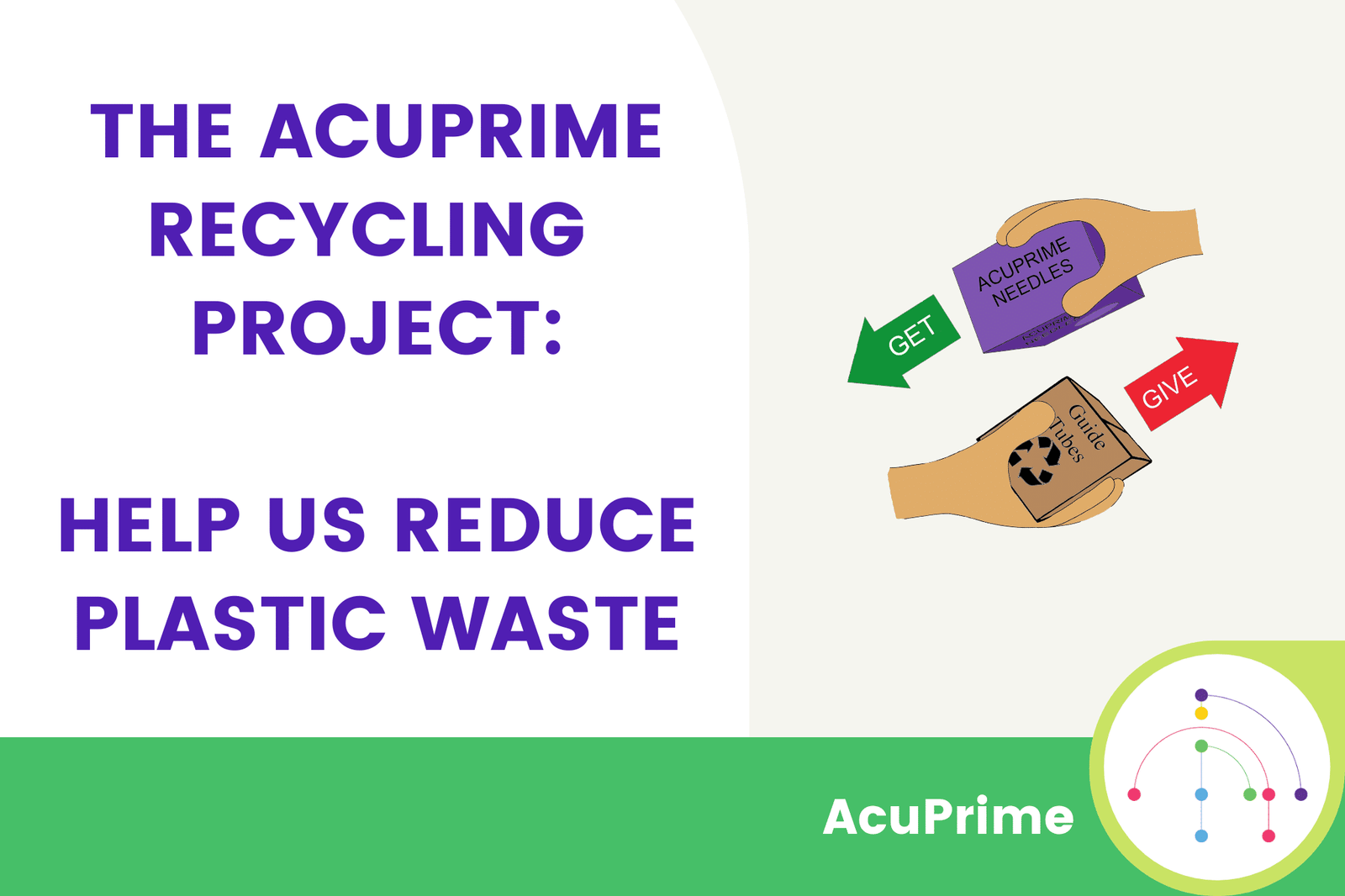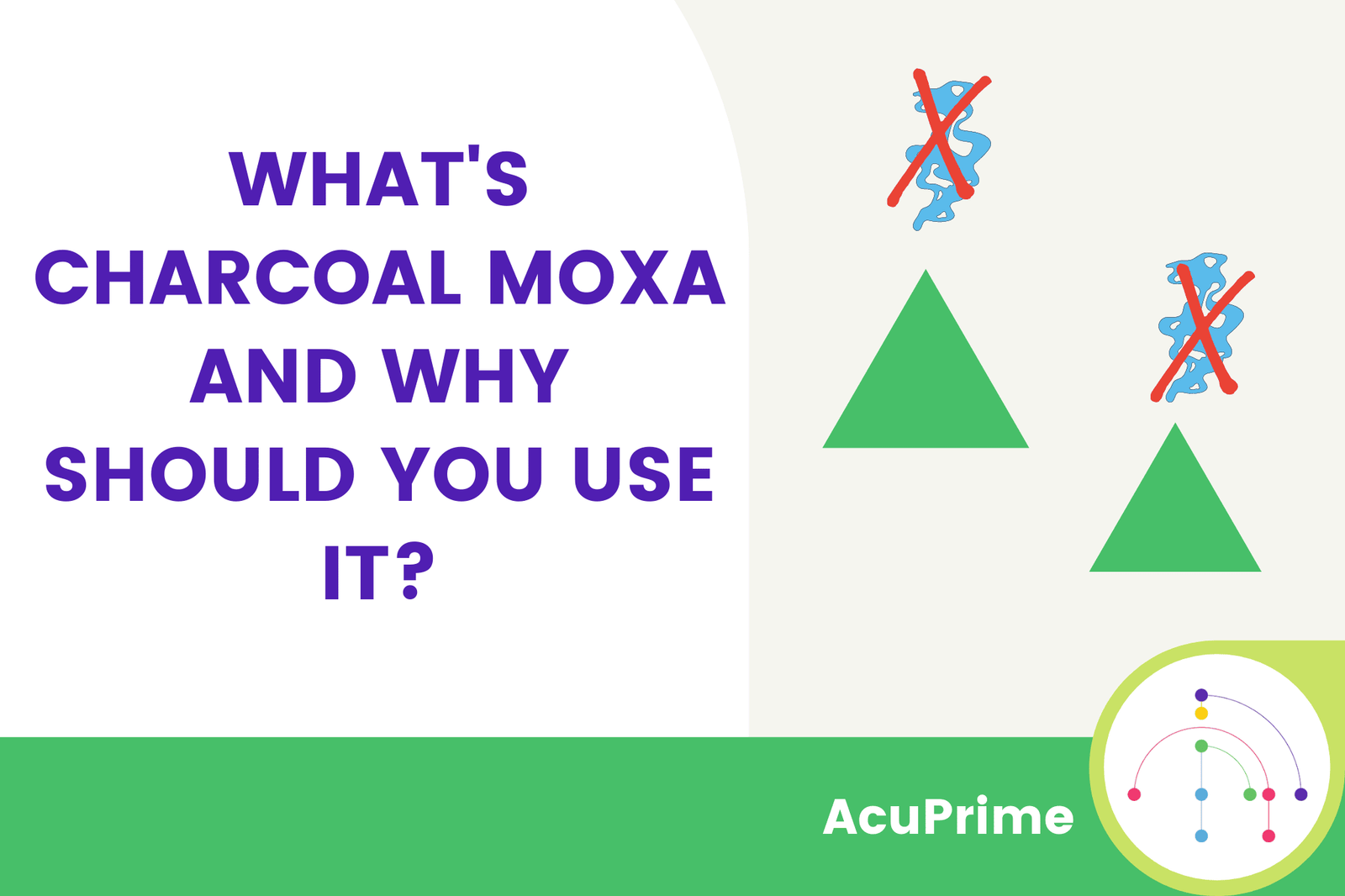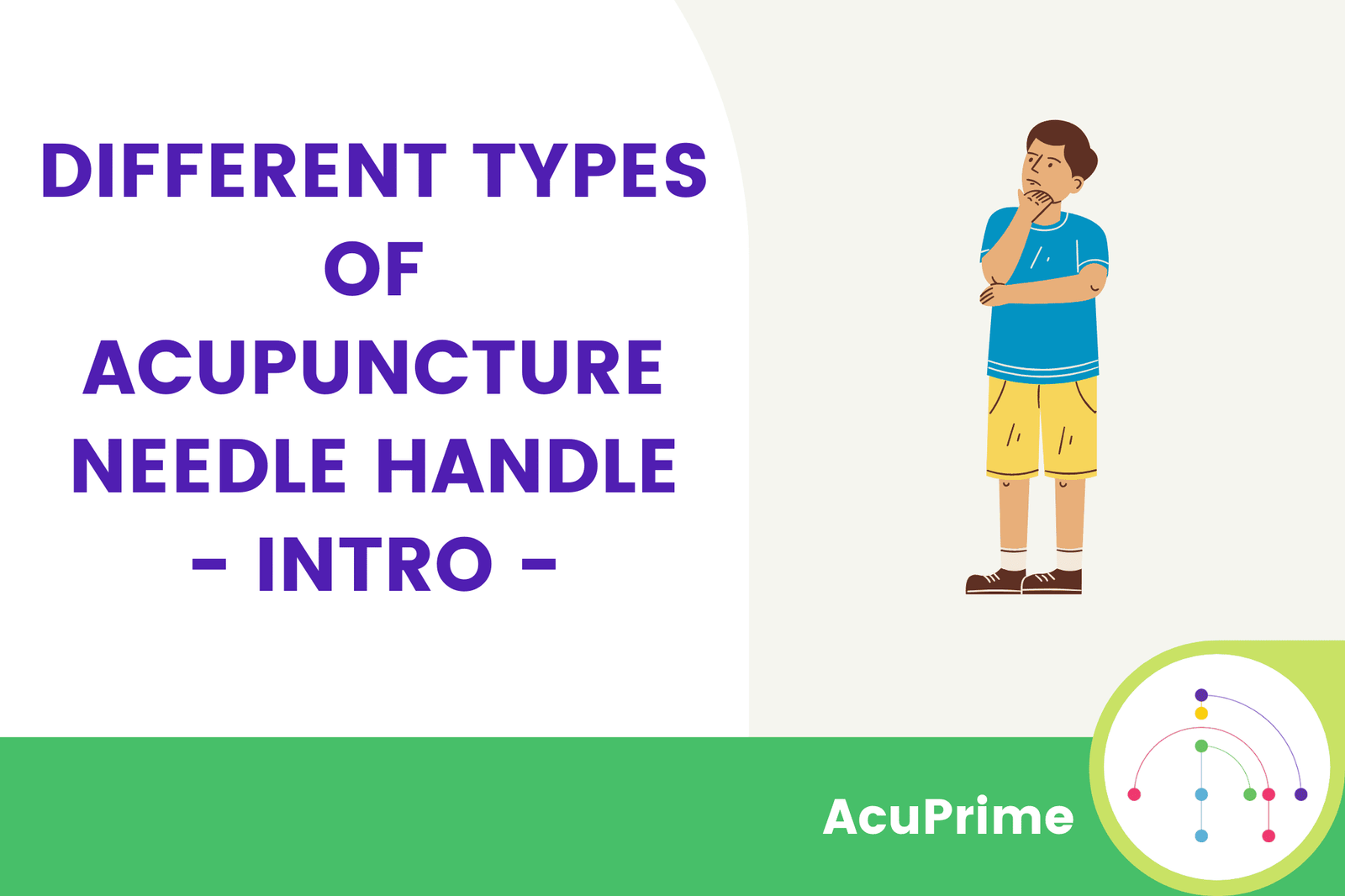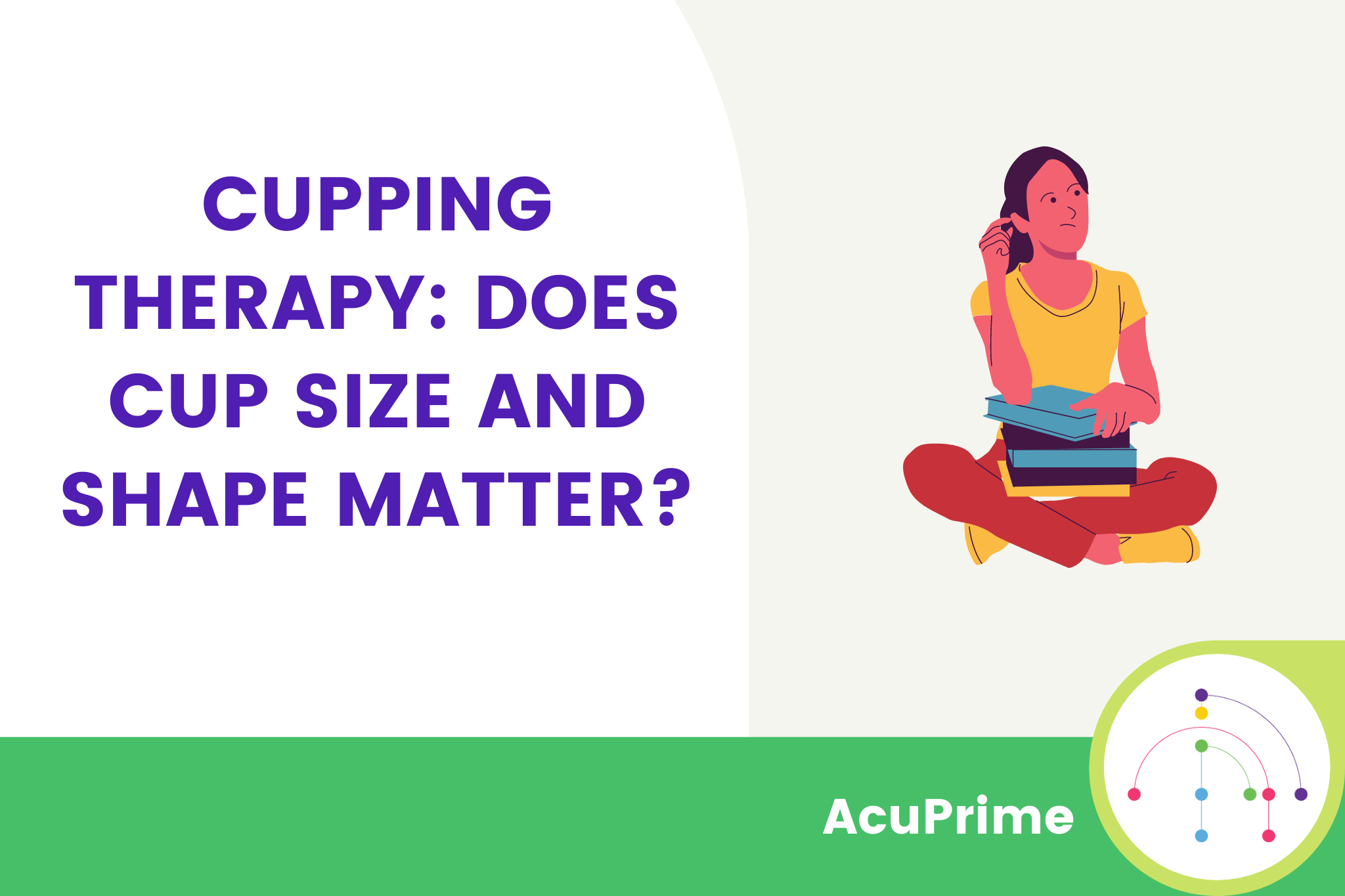The Olympics is only a week away so don’t be surprised if you start getting asked more about cupping therapy. At Rio 2016, Michael Phelps single-handedly brought global attention to this ancient practice when cupping marks were visible on his skin as he swam for gold.
Multiple members of the US Olympic team revealed photographs of themselves receiving cupping treatment around the same time and suddenly everyone wanted part of the action. With increased interest and participation in sports this summer, is cupping therapy something you’d like to offer your patients?
In today’s post, we’ll be looking at what cupping is, what tools you need and how you can get started.
Cupping 101
This ancient practice is actually incredibly simple, allowing for a short training period for physical therapists. Cupping involves using suction to draw tissue upwards and increase blood flow to the area. Suction was historically created by lighting a match and heating up the air inside the cup so that when the cup was placed down upon the skin and the air inside cooled, it would create the required vacuum.
This is still a popular method but modern cups frequently come with suction pumps instead, negating the use of a naked flame. Once the suction is created, cups are left in place for a few minutes or gently moved around – both causes a massaging effect.
Cupping massages can be shallow or deep tissue, depending on the amount of suction. The practice is used to increase blood flow, aid recovery after intense training and increase relaxation.
Wet vs dry cupping
There are two types of cupping: wet and dry. Dry cupping is as described above while wet cupping is where tiny cuts are made in the skin before the cup is placed over it, drawing blood out. Due to the slight risk of infection following any type of cut, wet cupping is considerably less commonly used in Western cupping practices.
Getting started in cupping
If you’re interested in expanding your skillset into cupping, you’re in luck. Training as a cupping practitioner is usually fast and straightforward, particularly if you’re already trained in physical therapies and massage. Cupping is a relatively simply practice although there are several more specialist techniques you can learn.
Many courses are one or two days and range from Traditional Chinese Medicine cupping styles to Western and specialist sports massage styles. It’s easy to find courses and complementary therapy schools local to you via a search engine but it’s sensible to make sure you’re signing onto a reputable course.
Here are a few tips to ensure you join a good course:
- There’s a detailed course breakdown that explains what style of cupping is taught, who it’s for and what you can expect
- The school is accredited by an organisation such as the Federation of Holistic Therapists (UK)
- It’s an in-person, practical course (although some now offer live virtual courses if you have a cupping set and a person to practice on then and there)
- Require pre-requisites such as a Level 3 Diploma in Sports Massage Therapy
Getting set up
Cupping is not only great for patients and easy to train in for professional physical therapists, the equipment is also affordable and simple. This allows you to start practising cupping therapies with very little start-up costs, especially if you already have an established massage or physical therapy clinic.
Cups come in a range of shapes and sizes as well as in materials such as polycarbonate, glass or silicone. Starting out with a complete cupping set is a great idea, as you’ll have everything you need to begin. You can add to your cupping collection as your practice grows, investing in individual cups for specific body parts, for example. When shopping for cups, make sure they can be easily sterilised after use. Cups that come in a specific travel case are also great for transport and safe storage.
Check out our range of cupping supplies and get started on your very own cupping journey!
